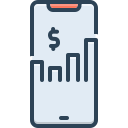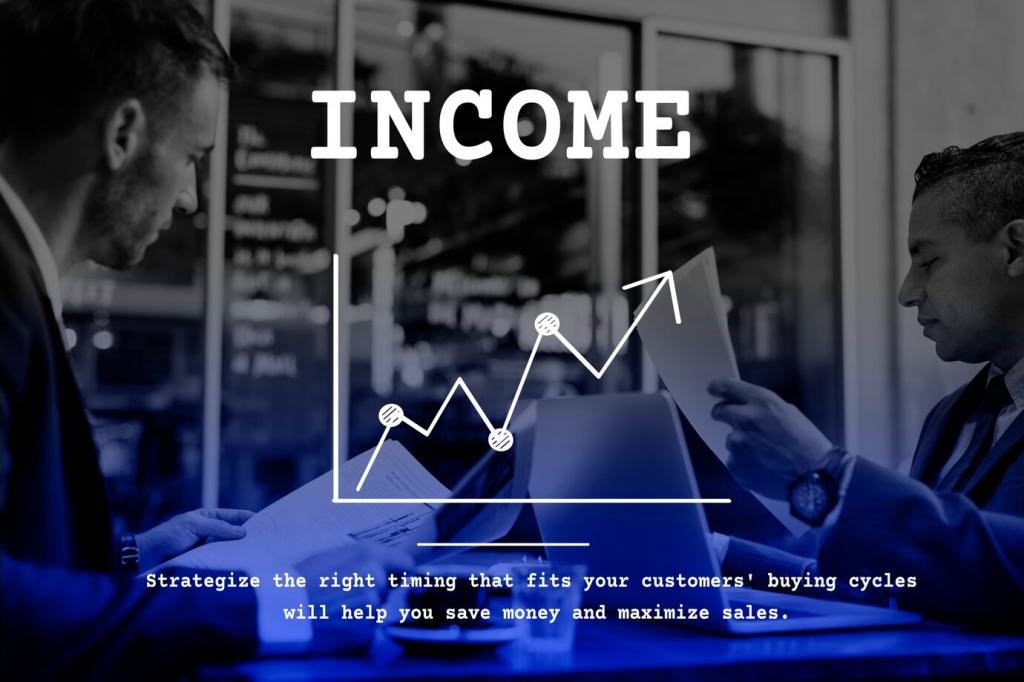Making Paid Worth Paying For
Lead with outcomes, not menus. In one sentence, state who it’s for, the job it does, and why it’s unmistakably better. Your screenshots and first-run experience should prove that promise within the first few interactions decisively and memorably.
Making Paid Worth Paying For
If platforms allow, offer time-limited trials, demos, or generous refund policies. These signals reduce risk and invite discovery. Even without formal trials, interactive teasers, walkthrough videos, and transparent roadmaps can create enough confidence to justify paying upfront today.










